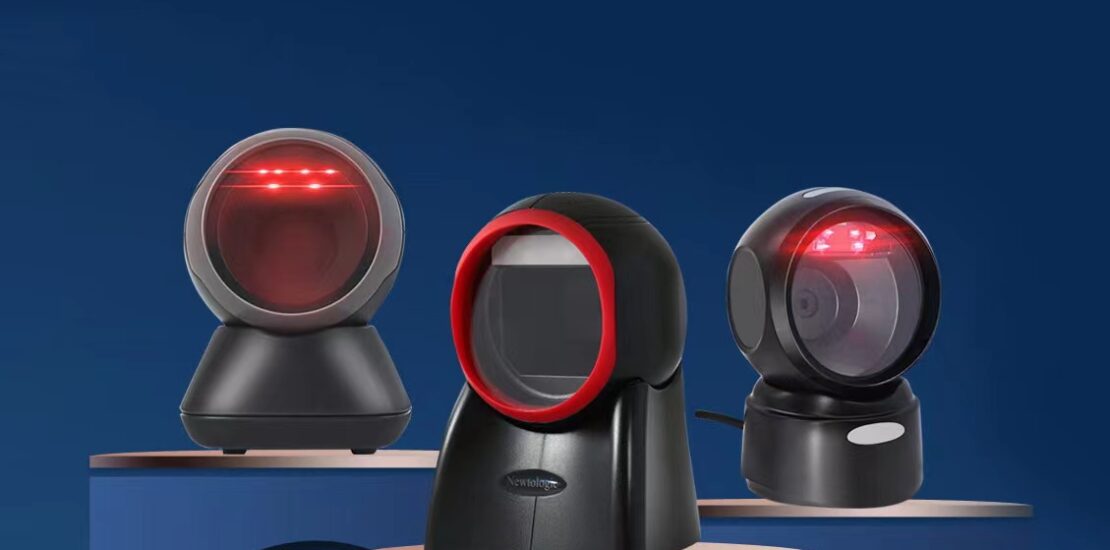Barcode Scanner Not Scanning? Common Issues And How To Fix Them
- September 14, 2025
- Posted by: simba001
- Category: Business Insights

The barcode scanner is perhaps the most conspicuous part of a POS System in Kenya. Most people recognize the barcode scanner as the the “thing” that makes a beep sound and has laser light as it identifies a product. In this article, we will discuss the common issues that make barcode scanners not to work and how to solve those issues.
1. Barcode Scanner Not Turning On (No Light or Beep)
If your barcode scanner isn’t responding, try these troubleshooting steps:
First, check the cable connection:
Loose or damaged cables can prevent the scanner from powering on. Securely plug it in or try a different cable.
Next, verify the power source:
Some USB ports don’t provide enough power. Therefore, try plugging the scanner into a different port or use an external power adapter.
Additionally, look for physical damage:
If the scanner still won’t turn on, internal components may be damaged. In this case, consider a repair or replacement.
2. Barcode Scanner Lights Up but Won’t Scan Barcodes
If the barcode scanner is not reading barcodes, here’s what might be wrong:
Incorrect input settings:
If your computer’s input method is set to a language like Chinese, it may interfere with barcode scanning. Thus, switching to English mode can help.
Unsupported barcode formats:
Not all barcode scanners support every type of barcode. Therefore, check if your scanner needs reconfiguration or a firmware update.
Scanner resolution limits:
Most standard scanners support a resolution of 5 mil, which works for common barcodes. However, if scanning small or high-density barcodes (3 mil), you’ll need a high-resolution barcode scanner.
3. Environmental Factors Affecting Barcode Scanning
Even when the scanner is working properly, external conditions can cause barcode scanning problems. To improve scanning accuracy, consider the following:
Maintain the right scanning distance:
Holding the scanner too close or too far from the barcode can result in misreads. Therefore, adjust to the recommended scanning distance.
Check the scanning angle:
If the scanner isn’t perpendicular to the barcode, glare or reflections may prevent proper scanning. Consequently, ensure it’s aligned correctly.
Ensure barcode quality:
Blurry, faded, or damaged barcodes are harder to scan. In addition, make sure the quiet zone (the white space around the barcode) is large enough for the scanner to detect it properly.
Final Thoughts
A barcode scanner not working doesn’t always mean it’s broken. In many cases, a quick fix—like adjusting the settings, changing the scanning distance, or improving barcode quality—can restore functionality.
At the same time, choosing the right barcode scanner from the start prevents scanning issues and ensures faster, more accurate barcode reading.
Still unsure which scanner is best for you? Contact us today for expert guidance!





